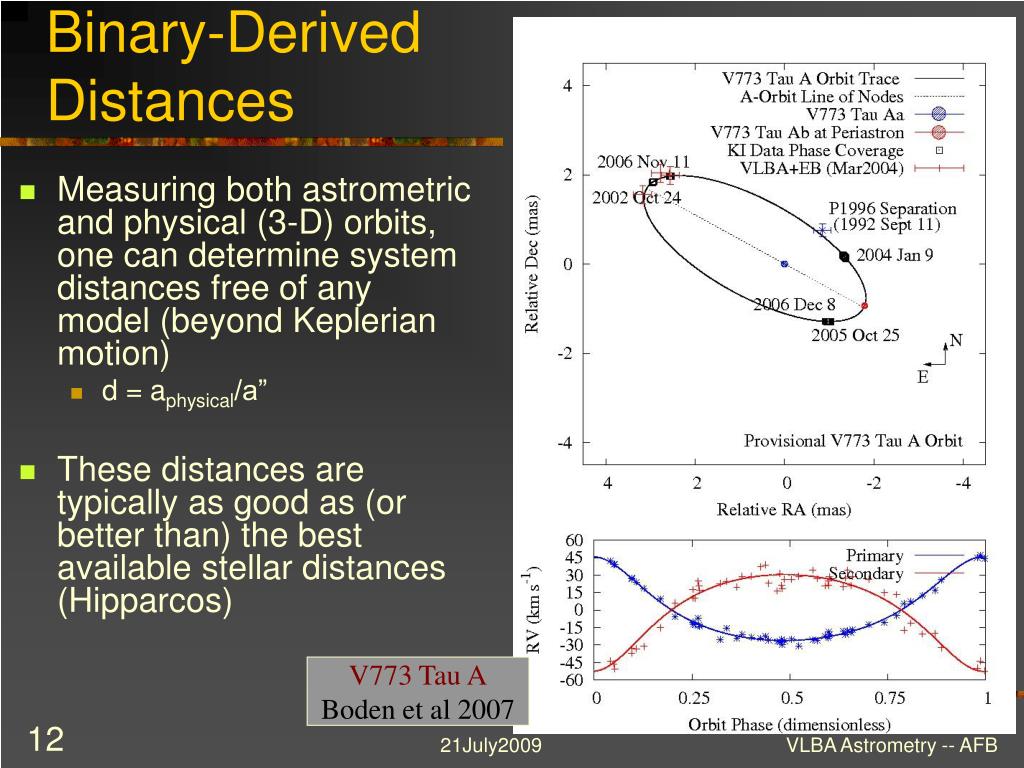


This allows access to study a larger population of Such as substellar companions by utilizing light from the planet itself. High contrast imaging techniques such as aperture masking interferometry allow for the detection of faint companions Little evolution for the past 40 years and presents hints of a fast solution to the calibration of non-common pathĮrrors in AO systems, using direct focal plane based wavefront sensing. May influence the geometry of new interferometric arrays designed for imaging, dusting off a topic that has known The paper also presents how the technique New discoveries and/or improved relative astrometry and photometry. Kernel-phase analysis of archival data leads to Limit and beyond, a regime often refered to as super-resolution. Resolution of conventional images and enables the detection of otherwise hidden faint features at the resolution The additional calibration brought by kernel-phase boosts the It can therefore readily be (and isīeing) used to process existing archival data acquired by space borne telescopes (HST/NICMOS) as well as wellĬorrected AO data from ground based telescopes. Its application to pupils of arbitrary shape, for diffraction limited images. Of closure-phase, especially as it is used in the context of non-redundant Fizeau interferometry, but extends Kernel-phase inherits and borrows from the notion On an interferometric point of view of image formation. Kernel-phase is a recently developed paradigm to tackle the classical problem of image deconvolution, based To this end, a new instrument allowing precision polarimetric aperture masking interferometry atĦ00-800nm is being developed for an 8m class telescope, details of which will also be presented. The next step is to leverage the higher spatial resolution and polarisation signal found in the visible, rather than near-IR. Excellent results have already been obtained at near-IR wavelengths using the NACO instrument at the VLT. Furthermore, measurements at multiple wavelengths allow dust grain sizes to be calculated using Mie scattering theory. Essentially, aperture-masking allows access to the small spatial scales (rv1Omas) necessary while polarimetry allows light from the dust and star to be differentiated. Polarimetric aperture-masking interferometry produces images by exploiting the fact that starlight scattered by circumstellar dust becomes strongly polarised. Here, this approach has been combined with polarimetry to form a novel technique allowing the dusty environments of mass-losing stars (so-called AGB stars) and proto-planetary and debris disks to be imaged, the characterisation of which is key to understanding the recycling of matter and the formation of new planetary systems. Aperture-masking interferometry allows diffraction-limited images to be recovered despite the turbulent atmo sphere.


 0 kommentar(er)
0 kommentar(er)
